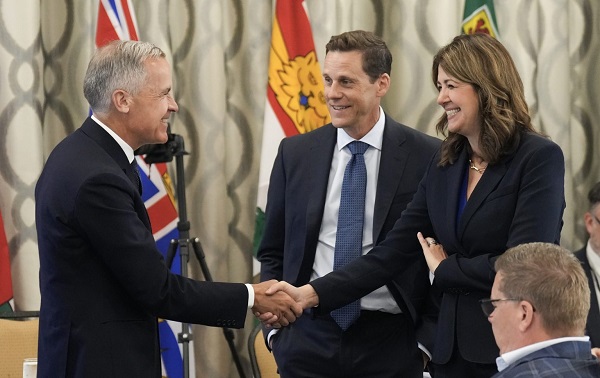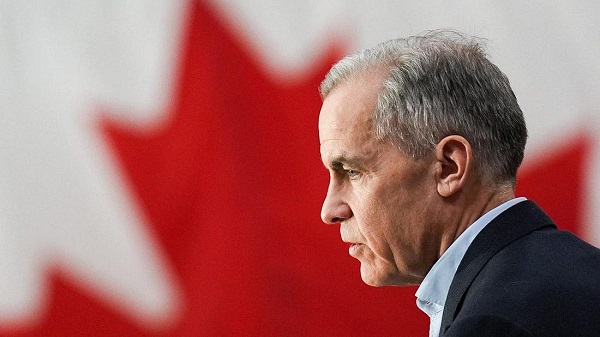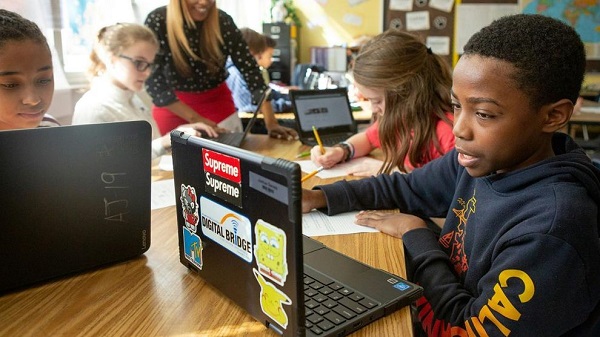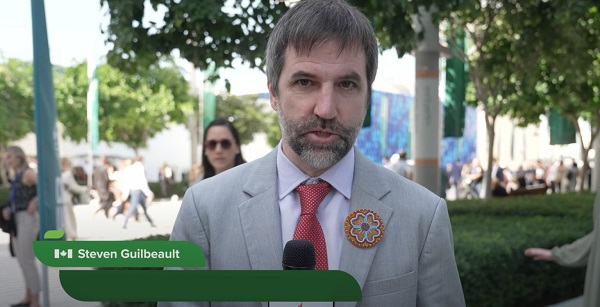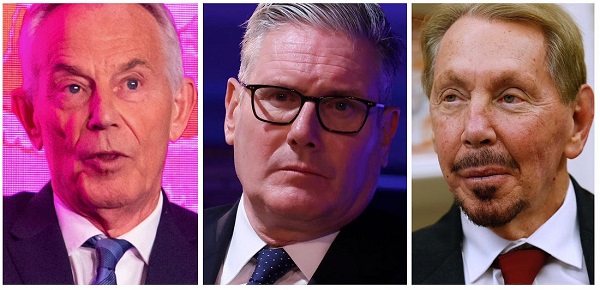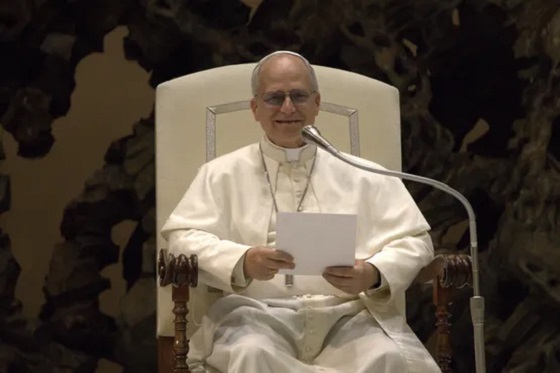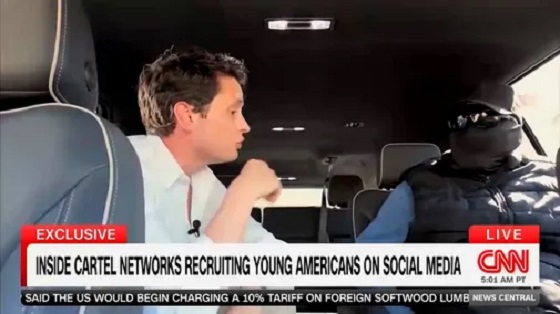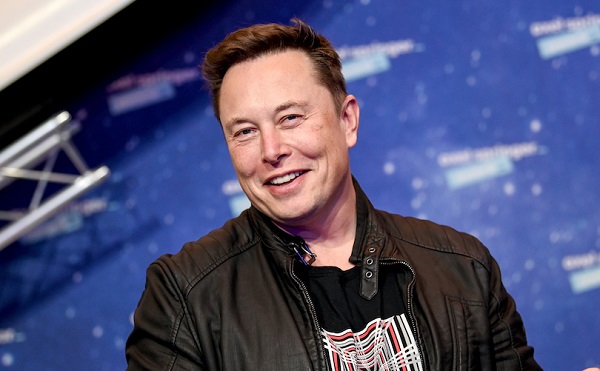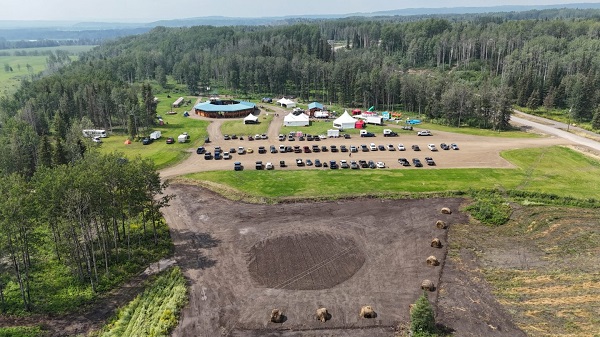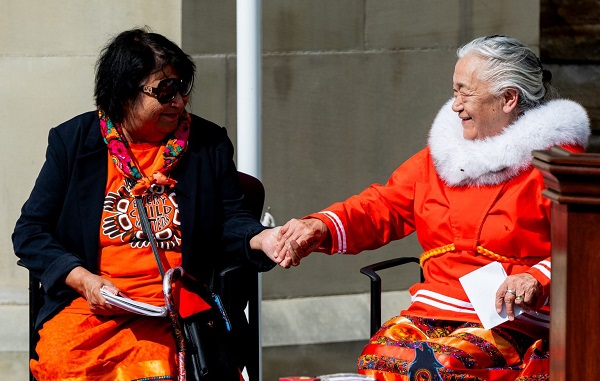By Nelson Bennett
The Roberts Bank terminal expansion would generate 132,400 jobs across Canada, according to an economic analysis by the Port of Vancouver, generate $9.3 billion in wages, $16.3 billion in GDP and $32.7 billion in economic output. It was approved by the federal government in 2023 with 370 legally binding conditions. The environmental review process has gone on for about a decade now, and continues to get bogged down in a permitting morass.
Sometime this year, the Mark Carney government is expected to announce a list of major “nation-building” projects that it will help advance with its Bill C-5 fast-tracking legislation. These projects have been dubbed as PONIs – projects of national interest. Let’s hope this doesn’t turn into some kind of federal welfare scheme in which the taxpayer ends up footing the full bill. “We should absolutely start with the ones where there’s already a private proponent, not a province seeking subsidies,” says Heather Exner-Pirot, senior fellow and director of energy, natural resources and environment for the Macdonald Laurier Institute.
I would argue that projects that facilitate exports — pipelines, rail, ports — ultimately provide the most economic value because it means increasing market access and getting a higher price for our commodities. I think there’s a strong argument to be made that a new crude oil pipeline to the West Coast and infrastructure needed to develop Ontario’s Ring of Fire mining region are two nation building proposals that would have maximum economic impacts, and therefore should top the PONI priority list. “Energy projects or anything related to manufacturing-value added initiatives should be categorized as nation building projects,” says Ellis Ross, Conservative MP for Skeena-Bulkley.
We need to attract private capital to help build mega-projects. So let’s hope Alberta Premier Danielle Smith can find a proponent in the private sector willing to invest in the new pipeline to the West Coast. So far, it doesn’t look promising. Two Canadian midstream companies – Enbridge and TC Energy – have basically said they’re not interested in Canada anymore and are more focused on the U.S. now. And who can blame them? They wasted hundreds of millions of dollars on pipeline proposals – Northern Gateway and Keystone XL – that became deflated political footballs. But if Danielle Smith can find a private sector partner to build a new crude oil pipeline from Alberta to Prince Rupert, I think that should be a top priority for the Carney government. The Carney government will need to consider just how realistic some of the projects being proposed are. How close to shovel-ready are they? How quickly could they be built?
The federal government’s own criteria for designation of projects for federal support and fast-tracking include:
- projects that “strengthen Canada’s autonomy, resilience and security”;
- contributes to clean growth and climate goals;
- advances First Nations interests; and
- have a high likelihood of success.
To tick that “clean growth” box, Smith’s new pipeline would need to be paired with the Pathways Alliance’s $20 billion carbon capture proposal. That project has private capital behind it, so it’s essentially shovel-ready. While other Canadian premiers have publicly championed their own pet projects for consideration, David Eby appears not to have pitched any projects yet, at least not publicly. Maybe that’s a tacit admission that nation building designations are likely to be limited to one per region, and that a new pipeline to the West Coast – Northern Gateway 2.0 – is the most likely candidate for Western Canada. Or maybe he feels B.C. may not need the federal government’s help in advancing projects in B.C. like Ksi Lisims LNG and new mines – that these projects can be advanced without Ottawa’s help. And that may, in fact, be the case.
B.C. has its own fast-tracking legislation – Bill 15 – with 18 projects already designated. They include the Teck Resources Highland Valley copper mine expansion, Cedar LNG, and Enbridge’s Aspen Point natural gas pipeline network expansion. Just last week, Teck announced the sanctioning of its $2.4 billion project Highland Valley copper expansion project, with construction to start this month. “What B.C. did — I have to give them credit, for once — is they just made it easier for proponents already in the system. They didn’t subsidize, it didn’t cost them money, there is a private proponent, there is a business case. And they just made it easier. And this seems to me to be the right approach.”
In other words, apart from an oil pipeline to Prince Rupert, Exner-Pirot does not believe B.C. necessarily needs to put any PONIs in the federal race. “B.C. is in the enviable position of having great resources, of having LNG, of having tidewater access already,” she said. “They have tens of billions of projects all in the queue with private investors. The territories don’t have that, Manitoba does not have that, Atlantic Canada does not have that. “They shouldn’t really even need the feds. They just need them to get out of the way.”
If there is one major project in B.C. that might warrant a federal designation, it’s the Roberts Bank terminal expansion, Exner-Pirot said. The Roberts Bank terminal expansion was approved by the federal government in 2023 with 370 legally binding conditions. The expansion would generate 132,400 jobs across Canada, according to an economic analysis by the Port of Vancouver, generate $9.3 billion in wages, $16.3 billion in GDP and $32.7 billion in economic output.
Surely this should qualify as nation-building, as it would facilitate the movement of Canadian goods and commodities to markets in the Asia Pacific.
But it has been in an environmental review process that has gone on for about a decade now, and which continues to get bogged down in a permitting morass. So if there is one project in B.C. that could use a federal designation for fast-tracking, it’s the Roberts Bank Terminal expansion, Exner-Pirot said. Otherwise, the only other PONI that B.C. would benefit from is Northern Gateway 2.0. “That would have the biggest GDP impact for Canada,” Exner-Pirot said. B.C. would benefit from billions spent on the B.C. portion of the pipeline. One need only look at the Trans Mountain pipeline expansion project to see what kind of an economic juggernaut a major pipeline project can be, for Alberta, for B.C. and for Canada.
In terms of job creation, TMX generated an estimated 36,917 jobs — 16,476 in Alberta and 16,476 for B.C. – according to Energy Connection Canada. EY has estimated that TMX, which cost $31 billion to build, would generate $52.8 billion in economic activity, add $26 billion to GDP, pay $11 billion in wages, and generate $2.9 billion in tax revenue.
Over the next 20 years, it is expected to generate $17.3 billion in total economic activity and add $9.2 billion to GDP. Oil is Canada’s most valuable export, accounting for 19% of Canada’s total exports. When Alberta’s oil sector is thriving, Canada thrives. Getting a private company to build the new pipeline will require the Carney government to scrap its West Coast oil tanker ban, oil and gas emissions cap, and essentially exempt it from the Impact Assessment Act, otherwise it just ain’t going to happen. As for some of the other major projects being proposed across Canada, like the Grays Bay road and port project and the Churchill port project, they certainly seem to qualify as nation-building projects, but would require massive amounts of public funding. “Those are all ones looking for the government to fund and build,” Exner-Pirot said. “Grays Bay has zero private dollars. They’re looking for 100% covered by the feds. “Is this just regional welfare? Is this an excuse to dole out money to different regions to buy votes? This is what it looks like.”
Nelson Bennett’s column appears weekly at Resource Works News. Contact him at [email protected].
